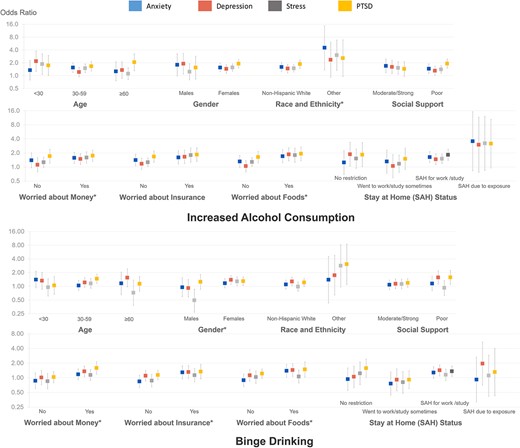温暖化が両生類、爬虫類、魚類、昆虫の分布や生息数にどのような影響を与えるかを統計モデルで示す。 Statistical model shows how warming may affect distribution, abundance of amphibians, reptiles, fish, insects
2023-04-03 ペンシルベニア州立大学(PennState)
魚類、爬虫類、両生類、昆虫などの変温動物は、地球上のほとんどの種を構成しており、その生存は環境温度と密接に関係しており、彼らにとって大きな脅威となっている。
研究チームは、フィールドで収集したデータと実験室由来の情報を融合し、気候変動が変温動物に及ぼす影響を推定する「生理学的ガイド付き豊度モデル」(PGAモデル)を作成しました。このモデルは、ほぼすべての冷血動物に適用でき、気候への適応や管理戦略の形成に役立つ大きな可能性を持っています。
<関連情報>
- https://www.psu.edu/news/research/story/innovative-method-predicts-effects-climate-change-cold-blooded-animals/
- https://www.pnas.org/doi/10.1073/pnas.2214199120
生理学的に誘導された種存在量モデルを使用した変温動物への気候変動の影響の予測 Predicting climate change impacts on poikilotherms using physiologically guided species abundance models
Tyler Wagner, Erin M. Schliep, Joshua S. North, Holly Kundel, Christopher A. Custer, Jenna K. Ruzich, and Gretchen J. A. Hansen
Proceedings of the National Academy of Sciences Published: April 3, 2023

Significance
Poikilotherms, often referred to as “cold-blooded” animals, are sensitive to changes in environmental temperatures. Climate change, therefore, represents a significant threat to this diverse group of animals. Predicting the effects of temperatures outside the range of previously observed conditions is difficult using observed data alone. We develop an approach to predicting climate change effects on poikilotherm abundance and distributions by combining laboratory-derived information about species’ temperature preferences and tolerances with field-based measurements of abundance. Using data from three fish species that differ in temperature preferences, we show that incorporating physiological information into model predictions yields more realistic predictions of local extirpation and changes in abundance under future climate scenarios.
Abstract
Poikilothermic animals comprise most species on Earth and are especially sensitive to changes in environmental temperatures. Species conservation in a changing climate relies upon predictions of species responses to future conditions, yet predicting species responses to climate change when temperatures exceed the bounds of observed data is fraught with challenges. We present a physiologically guided abundance (PGA) model that combines observations of species abundance and environmental conditions with laboratory-derived data on the physiological response of poikilotherms to temperature to predict species geographical distributions and abundance in response to climate change. The model incorporates uncertainty in laboratory-derived thermal response curves and provides estimates of thermal habitat suitability and extinction probability based on site-specific conditions. We show that temperature-driven changes in distributions, local extinction, and abundance of cold, cool, and warm-adapted species vary substantially when physiological information is incorporated. Notably, cold-adapted species were predicted by the PGA model to be extirpated in 61% of locations that they currently inhabit, while extirpation was never predicted by a correlative niche model. Failure to account for species-specific physiological constraints could lead to unrealistic predictions under a warming climate, including underestimates of local extirpation for cold-adapted species near the edges of their climate niche space and overoptimistic predictions of warm-adapted species.


